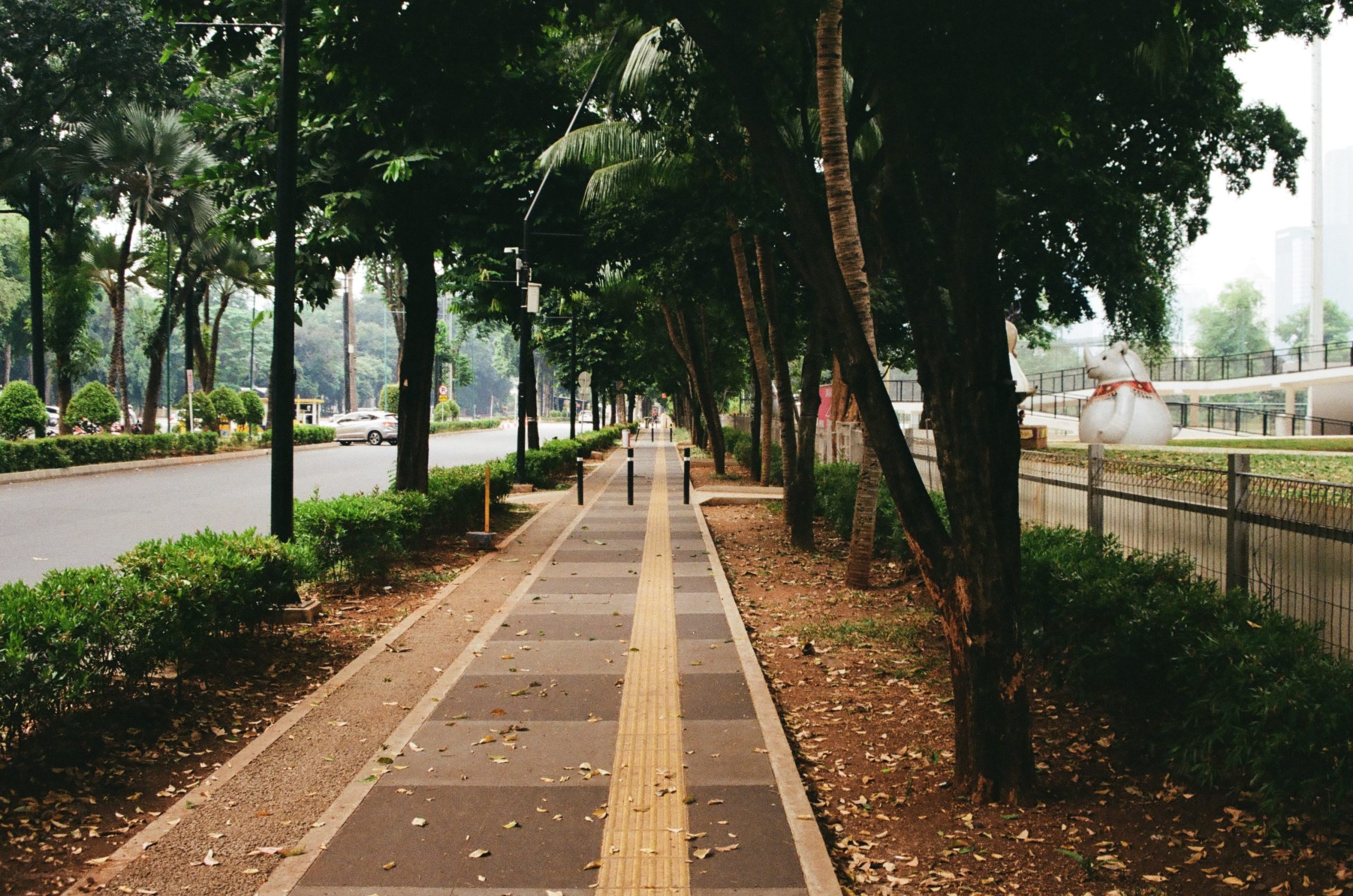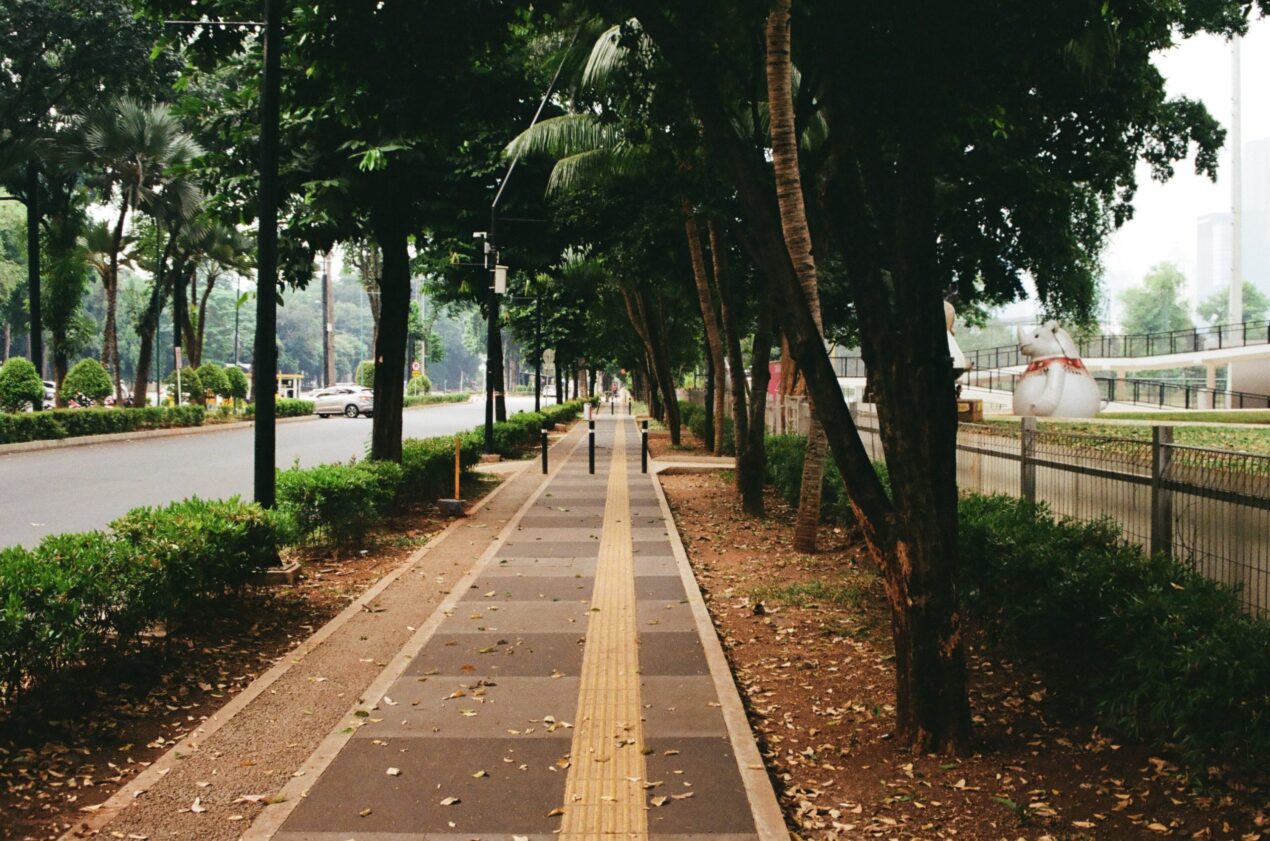
Policy Solution
Street trees
Incentive

Case Studies
Summary
Trees provide cooling through evapotranspiration and shading that decreases temperatures along walkways. Increasing vegetation provides numerous co-benefits like reducing pollution, improving the public realm, and decreasing energy costs. The cost of planting and ongoing maintenance of trees can be a barrier. Providing incentives can encourage private property owners and businesses to plant trees.
Implementation
Encourage tree planting and protection through incentives such as stormwater fee reductions, tax credits, tax increment financing for property values, or grant programs.
Considerations for Use
Plantings require ongoing maintenance with associated costs and staffing.
Overview
Climate:
Hot/Dry, Hot/Humid, TemperatePolicy Levers:
IncentiveFinancial and non-financial incentives to encourage stakeholders to implement heat risk reduction and preparedness solutions, including rebates, tax credits, expedited permitting, development/zoning bonuses, and more.Trigger Points:
City planning processesIncludes city initiatives such as the development of climate action plan, pathway to zero-energy, master plan, transit plan, energy mapping etc.Intervention Types:
Green/natural InfrastructureSectors:
Informal Settlements, Parks, Public Works
Case Studies
Impact
Target Beneficiaries:
Heat-vulnerable communities, Property owners, ResidentsPhase of Impact:
Risk reduction and mitigationMetrics:
Change in urban canopy, Number of trees planted
Implementation
Intervention Scale:
City, District, Neighborhood, SiteAuthority and Governance:
City governmentImplementation Timeline:
Medium-term (3-9 Years)Implementation Stakeholders:
City governmentFunding Sources:
Public investmentCapacity to Act:
High, MediumBenefits
Cost-Benefit:
MediumPublic Good:
HighGHG Reduction:
MediumCo-benefits (Climate/Environmental):
Improve stormwater management, Preserve biodiversity, Provide flood protection, Reduce air and water pollution, Reduce greenhouse gas emissionsCo-benefits (Social/Economic):
Build social cohesion, Improve human health, Improve the public realm, Increase property values